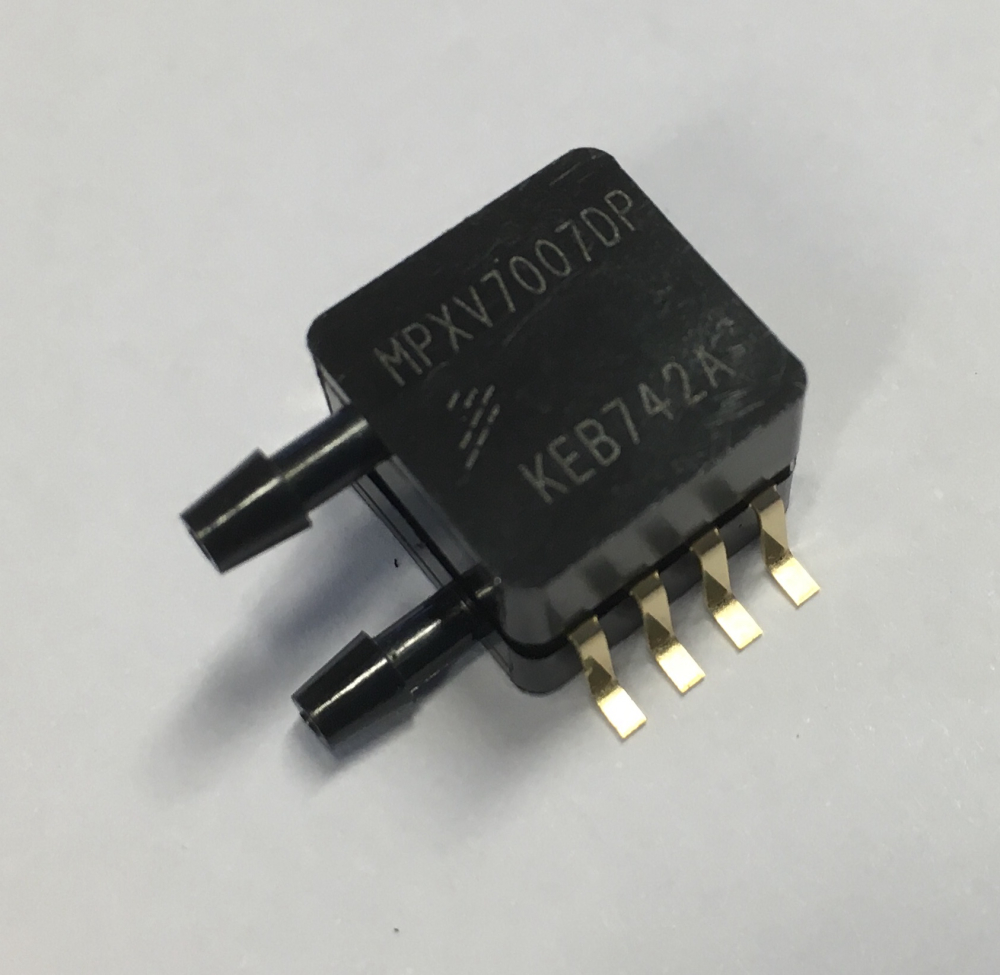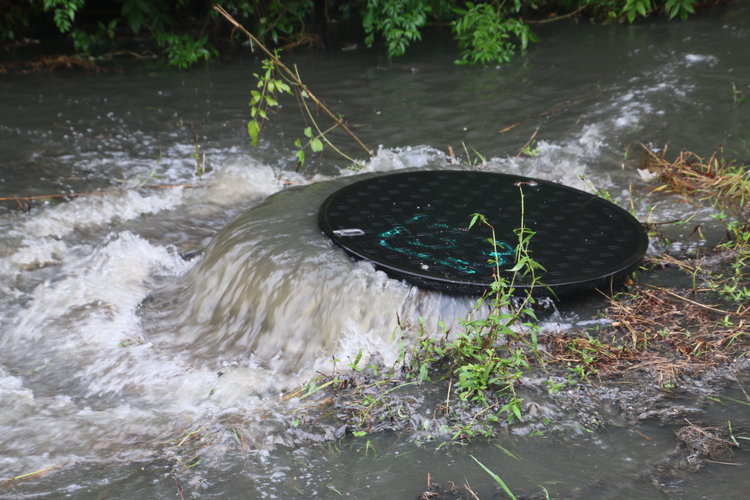Water pressure sensors?
-
@mfalkvidd wouldn't you want flow rate and not pressure? I am assuming this is to calculate water usage, which sewer usage is typically based off your water usage. Maybe my assumption is wrong.
-
@gohan that's where you are wrong.
"In many countries there are obligations to measure and report SSO occurrence using real-time telemetry to warn the public, bathers and shellfishery operators."From https://en.wikipedia.org/wiki/Sanitary_sewer_overflow
Now that we've completely derailed this thread, could we get back on topic?
-
If you could derive a small pipe from the main sewage line, you could could then have a transducer at the end to measure pressure without requiring it to go submerged.
-
If you could derive a small pipe from the main sewage line, you could could then have a transducer at the end to measure pressure without requiring it to go submerged.
-
@gohan thanks. Yes, that's a solution that could work. (technically, the "inside" part of the sensor would still be submerged which probably is necessary)
@mfalkvidd Not so.... You can install a sensor on a sealed stack (vertical pipe) as @gohan suggested, sealed to the crown of the sewer or drain (a Tee or saddle fitting), the air pressure from the relative hydraulic head will create air pressure which can be correlated to hydraulic head. Whereas the sensor may get moisture in the air it will never be actually submerged, which you generally do not want in sewage anyway due to grease etc and various objects which customers do deposit...
Another option is ultrasonics in a vertical pipe venting to atmosphere thereby contact free.. Whether you could get a decent interpretation in a tube from a DYP-ME007Y or similar I do not know, but commercial systems use just such an arrangement.... -
@mfalkvidd Not so.... You can install a sensor on a sealed stack (vertical pipe) as @gohan suggested, sealed to the crown of the sewer or drain (a Tee or saddle fitting), the air pressure from the relative hydraulic head will create air pressure which can be correlated to hydraulic head. Whereas the sensor may get moisture in the air it will never be actually submerged, which you generally do not want in sewage anyway due to grease etc and various objects which customers do deposit...
Another option is ultrasonics in a vertical pipe venting to atmosphere thereby contact free.. Whether you could get a decent interpretation in a tube from a DYP-ME007Y or similar I do not know, but commercial systems use just such an arrangement.... -
Thanks for the input @zboblamont
I can't mount a 10m vertical pipe on top of the sewage pipe, so I don't think ultrasound is a viable alternative unfortunately.@mfalkvidd 10m? Wow, that is one very large hydraulic head you're measuring if it's a storm overflow or similar... Oslo's trunk sewer system? A sealed pressure transducer would be your best bet at that head, holding it in a fixed position and running the cable will be a challenge...
Oops, just read your follow up... -
But it is missing the entire enclosure, it is the bare sensor. The one I posted was ready to be bolted into place
-
@mfalkvidd Perhaps if you expand on the objective and location it might help narrow down options.
eg - Is this a pressurised pipe below the surface which may be tapped into or a deep well vented to atmosphere? Does the site have power or is this a remote location?If the intent is a submerged logger type device occasionally retrieved and downloaded at the surface, an adaption of the cavepearlproject.org format might suit.
If this is to report to the surface in real time from a vented chamber surcharging to 10m, cabling brings a host of problems, not least low voltage operation... Typical commercial devices for such applications are sealed pressure probes operating at over 9v with a 4-20mA output, and pricetags north of 400 euro...
A rigid pipe with a transducer sealed and mounted on the top will work when the pipe is purged (compressor/foot pump), the static air pressure thereafter relates directly to depth of hydraulic submergence.. -
@mfalkvidd Perhaps if you expand on the objective and location it might help narrow down options.
eg - Is this a pressurised pipe below the surface which may be tapped into or a deep well vented to atmosphere? Does the site have power or is this a remote location?If the intent is a submerged logger type device occasionally retrieved and downloaded at the surface, an adaption of the cavepearlproject.org format might suit.
If this is to report to the surface in real time from a vented chamber surcharging to 10m, cabling brings a host of problems, not least low voltage operation... Typical commercial devices for such applications are sealed pressure probes operating at over 9v with a 4-20mA output, and pricetags north of 400 euro...
A rigid pipe with a transducer sealed and mounted on the top will work when the pipe is purged (compressor/foot pump), the static air pressure thereafter relates directly to depth of hydraulic submergence..Have a look at freescale sensors. i.e. MXP-type sensors. You could ask for samples (they will provide up to 5 pcs. for free). Cost around $15 pcs. normally.
You'd mount such a sensor on top of a riser (air-tight) and when the (sewage) water rises, the air-pocket is compressed proportionally. This is how I measure the ground-water level at my location and it helps me to keep my basement free of water. Works flawlessly!
BR,
Boozz


-
@mfalkvidd I still cannot understand why cannot you mount a water sensor in the riser tube or just above bottom?
-
@mfalkvidd how about this if you insist on a water pressure sensor
https://www.bluerobotics.com/store/electronics/bar30-sensor-r1/ -
I'm guessing this is not a hobby request (based on the photo of the manhole cover). I've looked at pressure sensors for level detection many times for automotive applications and can offer the following:
-
o-rings don't seal. For your application you need either a hermetic seal or fully potted assembly
-
open tubes will fill / drain based on condensation temperature changes etc.
-
Freezing is often an issue but I'll guess at you depth you don't have to worry about it.
Have you considered a pressure switch? It wouldn't necessarily solve the seal problem but might work for you. Still thinking.... the pressure switch might be hard to self test. At least on the pressure you can see small changes, suggesting the transducer is functioning.
you might find this link useful: submersible transducer
If you are looking for a lower cost solution, look for "absolute" pressure sensors as opposed to "gauge" pressure sensors.
If you want to go the potted route, you might look at this: [link text](absolute xducer). If the cabling was completely potted in a suitable material, this could work for you.
-

